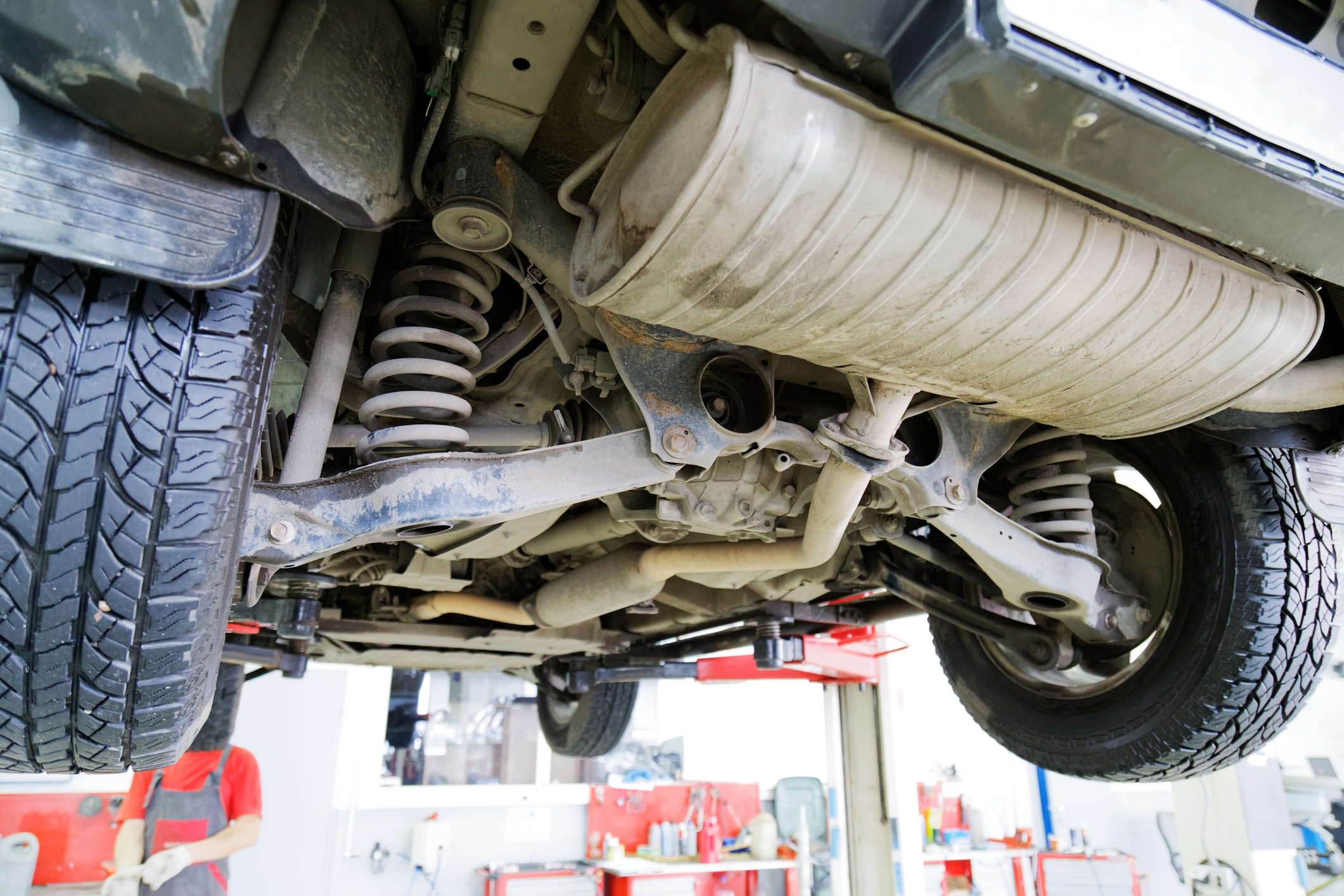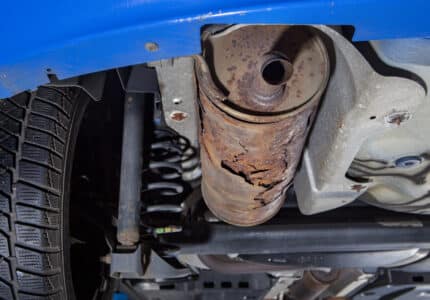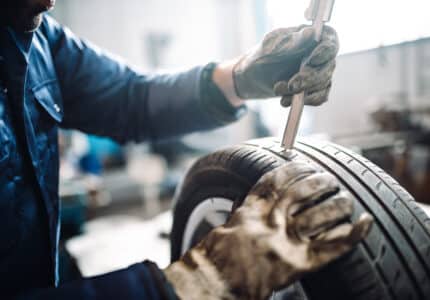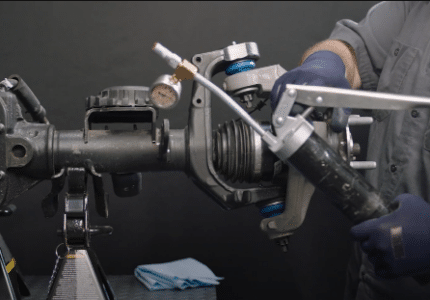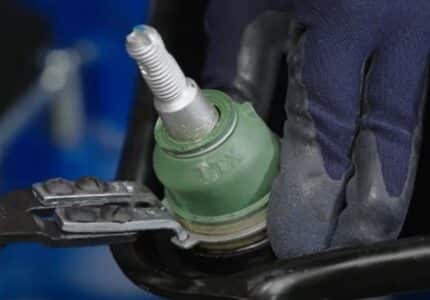The Overlooked Impacts On Aged, Overloaded and Modified Suspensions
It’s no secret that suspensions that are aged, overloaded or modified don’t feel or drive the same as original suspensions on vehicles fresh off the lot. That’s because they have a different geometry than the original manufacturer intended. Good suspension geometry depends on the pivot points – such as ball joints and bushings – being in their correct position to ensure a safe, smooth and comfortable ride. There are many factors that can alter a vehicle’s geometry and performance. Some can be easily overlooked or missed during a maintenance check or service. Our latest on-demand webinar reveals what you need to know about the overlooked impacts on aged, overloaded and modified suspensions. Here is a preview of what we cover:
Ride Height and Alignment
Measuring a vehicle’s ride height is an extremely important step that is often missed when performing a wheel alignment. Ensuring customer vehicles are riding at the correct height will go a long way in keeping their suspensions performing well and their wheels aligned.
Aged Vehicles
Older vehicles often have underlying conditions, including sagging or broken springs, worn or seized dampers, and damaged or degraded bushings. Any of these can cause other components to fail. Aged components not only interact differently with each other, they also act against each other. Evidence of extreme wear in some components can indicate problems with the vehicle’s geometry, which can cause a flood of other problems. To avoid this, customers should consider replacement parts that are purpose built to correct the geometry in aging vehicles.
Overloaded Vehicles
Older vehicles often have underlying conditions, including sagging or broken springs, worn or seized dampers, and damaged or degraded bushings. Any of these can cause other components to fail. Aged components not only interact differently with each other, they also act against each other. Evidence of extreme wear in some components can indicate problems with the vehicle’s geometry, which can cause a flood of other problems. To avoid this, customers should consider replacement parts that are purpose built to correct the geometry in aging vehicles.
Modified Suspensions
There is no doubt that suspension modifications will change the geometry and alignment of a vehicle.
Lowered vehicles: Lowering a vehicle limits suspension travel, making the ride very rigid for the vehicle systems and the occupants. Reduced ground clearance can also damage low-hanging parts. All of this equates to compromised suspension components.
Lifted vehicles: A lifted vehicle’s parts require more range of movement than stock parts can often handle, such as ball joints maxing out their swing angles and bushings going past their range of travel. The accompanying larger wheels and spacers also introduce higher weight loads and move that weight further out, stressing out the bearings and steering systems. With modified suspensions, customers should be ready to pay for better parts or more regular repairs.
From aged or overloaded vehicles to lifted or lowered suspensions, there are many factors that can cause changes in suspension geometry. This can start a domino effect of wear on suspension components that can sometimes be overlooked in the bay. The webinar covers important things to look out for.
Missed the webinar?
